Home>Garden Essentials>How Long Can I Store Heirloom Seeds
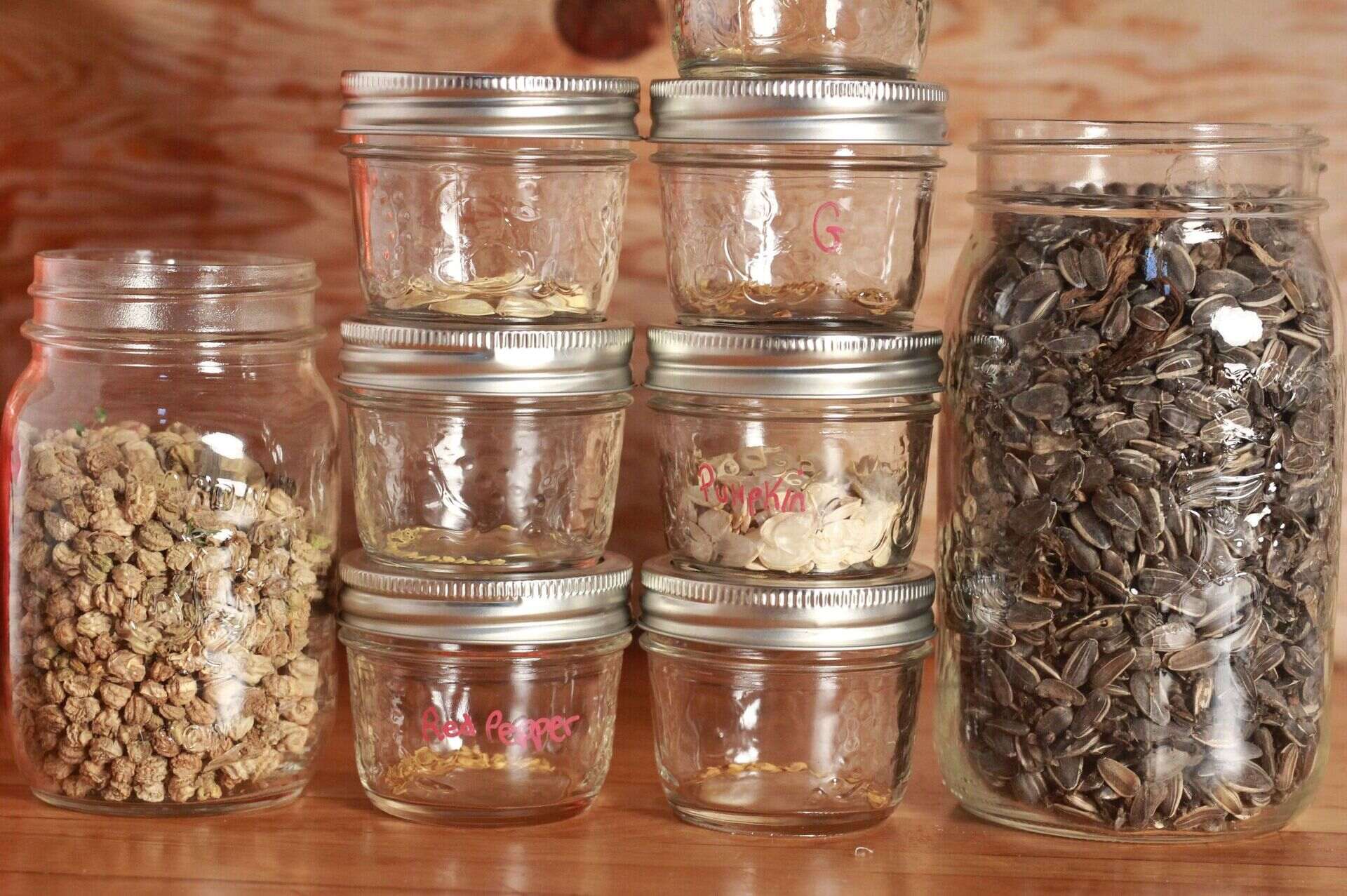

Garden Essentials
How Long Can I Store Heirloom Seeds
Modified: March 25, 2024
Learn how long you can store heirloom seeds and ensure a successful garden. Discover tips for preserving your garden's future with these seeds.
(Many of the links in this article redirect to a specific reviewed product. Your purchase of these products through affiliate links helps to generate commission for Storables.com, at no extra cost. Learn more)
Introduction
Welcome to the fascinating world of heirloom seeds, where heritage and horticulture combine to create a truly unique gardening experience. Heirloom seeds are a treasure trove of genetic diversity, passed down through generations, and cherished for their rich history and exceptional taste.
However, as a gardener, you may find yourself wondering how long you can store heirloom seeds and still expect them to germinate successfully. After all, preserving the integrity of these precious seeds is essential for maintaining their sustainability and continuity.
In this article, we will explore the factors that affect seed longevity, proper storage techniques, common mistakes to avoid, and ways to extend the viability of your heirloom seeds. So, let’s dive in and unravel the secrets behind storing heirloom seeds for long-lasting success.
Key Takeaways:
- Preserve heirloom seeds by storing them in cool, dark, and dry conditions to maintain their viability for successful germination and bountiful harvests.
- Extend seed longevity by selecting optimal harvest times, practicing selective seed saving, and employing seed treatments to maximize the potential of your heirloom seeds.
Read more: How Long Can Heirloom Seeds Last
Understanding Heirloom Seeds
Before we delve into the intricacies of storing heirloom seeds, let’s take a moment to understand what makes these seeds so unique and beloved by gardeners around the world.
Heirloom seeds are open-pollinated varieties that have been carefully cultivated and passed down through generations. They are typically more than 50 years old and have a rich history. Unlike hybrid seeds, which are created by cross-breeding two different parent plants, heirloom seeds remain true to their parent plants’ characteristics.
One of the standout features of heirloom seeds is their exceptional taste. These varieties have often been selected for their flavor and culinary qualities, making them a favorite among gardeners and chefs alike. Whether you’re growing succulent tomatoes, vibrant peppers, or aromatic herbs, heirloom seeds can elevate the taste and experience of your harvest.
Additionally, heirloom seeds contribute to the preservation of genetic diversity. With industrial agriculture favoring a limited number of high-yielding varieties, many traditional and unique plants have become endangered or even extinct. By cultivating heirloom seeds, gardeners play a crucial role in safeguarding biodiversity and ensuring the continuation of rare and cherished plants.
Now that we have a better understanding of what makes heirloom seeds special, let’s explore the factors that can influence the longevity of these precious seeds.
Factors Affecting Seed Longevity
When it comes to storing heirloom seeds, understanding the factors that can affect their longevity is crucial. By being aware of these variables, you can take the necessary precautions to ensure the viability of your seeds for years to come.
1. Moisture: Excessive moisture can be detrimental to seed viability. Moisture can cause seeds to germinate prematurely or encourage the growth of mold and other microorganisms. It’s important to store your seeds in a cool, dry place with low humidity to prevent moisture damage.
2. Temperature: Extreme temperatures can have a negative impact on seed longevity. Both high temperatures and freezing temperatures can cause damage to the seed’s cellular structure and decrease germination rates. Ideally, seeds should be stored in a temperature-controlled environment between 40°F (4°C) and 50°F (10°C).
3. Light: Exposure to light can shorten the lifespan of seeds. Sunlight and artificial light can promote seed deterioration by stimulating metabolic processes that lead to aging and reduced viability. To protect your seeds from light, store them in opaque containers or dark storage spaces.
4. Oxygen: Seed storage containers should provide adequate ventilation while minimizing oxygen exposure. Too much oxygen can contribute to seed deterioration and the oxidation of essential fatty acids. Consider using airtight containers with desiccants or oxygen absorbers to maintain optimal storage conditions.
5. Genetics: The inherent characteristics of the seeds themselves can affect their longevity. Some heirloom varieties have naturally longer seed life spans, while others may have shorter viability. Understanding the seed’s genetic makeup can help you make informed decisions regarding storage and seed selection.
By taking these factors into consideration and implementing proper storage techniques, you can significantly extend the lifespan and viability of your heirloom seeds. In the next section, we will explore the best practices for storing heirloom seeds to ensure their long-term preservation.
Proper Storage Techniques
Proper storage techniques are vital for preserving the longevity and viability of heirloom seeds. By following these guidelines, you can ensure that your seeds remain viable for many growing seasons to come.
1. Dry Seeds Thoroughly: Before storing your seeds, it is important to allow them to dry thoroughly. This helps prevent the growth of mold and fungal infections. Spread the seeds in a single layer on a clean, dry surface, and let them air dry for several weeks. Ensure that the seeds are completely dry before moving on to the next step.
2. Choose Suitable Containers: Select containers that are moisture-resistant and airtight. Mason jars, ziplock bags, or small plastic containers work well for seed storage. Make sure the containers are clean and dry before adding the seeds.
3. Label and Date: It is essential to label your seed containers with the variety, date of collection, and any other pertinent information. This will help you keep track of the age and characteristics of the seeds.
4. Store in a Cool, Dark, and Dry Place: Find a location that is consistently cool, dark, and dry for storing your seeds. A temperature-controlled basement, cellar, or refrigerator are suitable options. Avoid storing seeds in areas that are prone to temperature fluctuations, such as attics or garages.
5. Use Silica Gel or Desiccant Packs: To further protect your seeds from moisture, add silica gel packets or desiccant packs to the seed storage containers. These help absorb any excess moisture, keeping the seeds dry and viable for a longer period.
6. Arrange and Organize: Keep your seed collection well-organized to easily find and access the desired varieties when needed. You can use a filing system, small boxes, or even a seed storage binder with labeled envelopes or pockets.
7. Regularly Check for Moisture and Viability: Periodically check your stored seeds for moisture or signs of deterioration. If you notice any mold, mildew, or unusual odor, discard the affected seeds. Additionally, test the seed viability annually by performing germination tests to ensure the majority of your seeds can still successfully germinate.
By following these proper storage techniques, you can significantly enhance the longevity of your heirloom seeds and increase the chances of successful germination in the future.
Store heirloom seeds in a cool, dry place, like a sealed container in the refrigerator or freezer. This can help extend their viability for several years.
Common Mistakes to Avoid
While storing heirloom seeds, it is important to be aware of common mistakes that could diminish their viability or lead to loss. By avoiding these pitfalls, you can maintain the integrity of your seed collection and maximize their potential for successful germination.
1. Improper Drying: Failing to dry seeds thoroughly before storage can cause mold and fungal infections. Ensure that your seeds are completely dry by allowing them to air dry for several weeks before storing them.
2. Inadequate Packaging: Using improper containers or packaging can expose seeds to moisture or air, reducing their viability. Choose moisture-resistant and airtight containers to protect your seeds from these external factors.
3. Lack of Labeling: Neglecting to label your seed containers can lead to confusion and loss of valuable information about the seeds. Always label each container with the variety and date of collection to keep track of their age and characteristics.
4. Improper Storage Conditions: Storing seeds in areas with fluctuating temperatures or high humidity can accelerate their deterioration. Find a cool, dark, and dry location that provides a stable environment for long-term storage.
5. Freezing Seeds Without Proper Preparation: While freezing seeds can be an effective storage method, it is important to prepare them appropriately. Most seeds require pre-freezing in a moisture-proof container to prevent ice crystal formation. Research the specific requirements of the seeds you are storing to ensure successful freezing.
6. Lack of Regular Seed Viability Testing: Failing to test seed viability regularly can lead to the use of non-viable seeds in your garden. Perform germination tests annually to determine the percentage of seeds that will successfully sprout and discard any that fail to germinate.
7. Storing Seeds Near Potential Contaminants: Keeping seeds near household chemicals, strong odors, or other potential contaminants can impact their quality. Store seeds in a dedicated space away from such substances to minimize the risk of contamination.
By avoiding these common mistakes and implementing proper storage techniques, you can maintain the viability and integrity of your heirloom seed collection, ensuring a successful gardening experience year after year.
Read more: Where Can You Buy Heirloom Seeds
Extending Seed Viability
As a gardener, you may be interested in extending the viability of your heirloom seeds to maximize their potential for successful germination. Luckily, there are several techniques you can employ to increase the lifespan and vigor of your seeds.
1. Optimal Harvest Time: Harvesting seeds at the optimal time can significantly impact their viability. Most seeds should be left on the plant until they are fully mature and dry. Avoid harvesting seeds when they are still green or moist, as this can reduce their longevity.
2. Selection and Seed Saving: Practice selective seed saving by collecting seeds from the healthiest and most productive plants in your garden. This helps identify and perpetuate desirable traits in future generations of plants. By selecting seeds from robust and thriving plants, you increase the likelihood of producing strong and viable offspring.
3. Controlled Aging: Some seeds, especially those with hard seed coats, benefit from a process called controlled aging. This involves simulating the natural aging process by subjecting seeds to warm and humid conditions for a brief period before storing them under ideal conditions. This technique can enhance germination rates and extend the viability of certain seeds.
4. Seed Treatment: Pre-treating seeds with specific techniques can enhance their viability and improve germination rates. Scarification is a process that involves gently scraping or nicking the seed coat to facilitate water absorption. Stratification, on the other hand, artificially exposes seeds to cold temperatures to break dormancy. Research the specific requirements of the seeds you are storing to determine if pre-treatment is necessary.
5. Proper Cleaning: Thoroughly clean and remove any debris from the seeds before storing them. This helps prevent the growth of pathogens or contaminants that could negatively impact their viability.
6. Mycorrhizal Inoculation: Some plants form beneficial relationships with mycorrhizal fungi, which aid in nutrient uptake. Inoculating your seeds with mycorrhizal fungi can promote healthy growth and increase their overall vigor.
7. Regular Seed Rotation: To maintain seed viability, it is recommended to practice regular seed rotation. Plan to use older seeds first and replace them with new ones each year. This ensures that you are consistently using fresh and viable seeds in your garden.
By implementing these strategies along with proper storage techniques, you can extend the lifespan of your heirloom seeds and maximize their potential for successful germination and bountiful harvests.
Testing Seed Viability
Regularly testing the viability of your heirloom seeds is essential to determine their germination rate and ensure successful plant growth. Here are some methods you can use to assess the viability of your seeds:
1. Germination Test: The most common method to test seed viability is the germination test. This involves planting a sample of seeds in a controlled environment and observing how many successfully sprout. Begin by moistening a paper towel or a bed of sterile soil in a container. Place a certain number of seeds on the moistened medium and cover them with another layer of moist material. Keep the container in a warm and well-lit area, but not in direct sunlight. Monitor and record the germination rate over a specific period of time, usually around 7-10 days. From the results, you can calculate the percentage of seeds that germinated and estimate the overall viability of your seed batch.
2. Float Test: This test is primarily used for larger seeds like beans or peas. Fill a container with water and gently place the seeds into it. Allow the seeds to soak for a few hours. The ones that sink to the bottom are likely viable, while those that remain floating are less likely to germinate successfully.
3. Tetrazolium Test: This test is more advanced and requires the use of a tetrazolium solution, which stains living tissue red. Cut a small section from a seed and soak it in the solution. After a specific period of time, rinse the seed section and observe the color. Pink or red tissue indicates viability, while white or colorless tissue suggests that the seed is no longer viable.
4. Seedling Vigor Test: This test evaluates the overall health and vigor of germinating seeds. Plant a small sample of seeds in pots or trays and observe the development of the seedlings. Look for strong and healthy growth, as well as the absence of deformities or diseases. This test provides an indication of the overall seed quality and the potential for successful plant growth.
Remember to conduct these tests on a small sample of seeds rather than the entire collection. This way, you can preserve the majority of your seeds for future use.
Regularly testing seed viability is important, as it allows you to assess the quality of your seed collection and determine if any seeds need to be replaced. By understanding the viability of your heirloom seeds, you can plan your garden with confidence and ensure a successful growing season.
Conclusion
Storing heirloom seeds is not just about preserving the past; it is an investment in the future of your garden. By understanding the unique characteristics of heirloom seeds, implementing proper storage techniques, and avoiding common mistakes, you can extend the viability and maximize the potential of your seed collection.
Factors such as moisture, temperature, light, oxygen, and genetics can significantly impact seed longevity. Therefore, it is crucial to provide a suitable storage environment that is cool, dark, and dry. Utilizing moisture-resistant and airtight containers, labeling your seeds, and conducting regular viability tests are key elements of successful seed storage.
Taking measures to extend seed viability, such as selecting the optimal harvest time, practicing selective seed saving, and employing seed treatments, can help prolong the lifespan of your seeds. Additionally, regularly rotating your seed stock and implementing mycorrhizal inoculation can enhance seed vigor and promote healthy plant growth.
Remember to regularly test the viability of your seeds through germination tests, float tests, tetrazolium tests, and seedling vigor tests. This will enable you to assess the quality of your seeds and make informed decisions when planning your garden.
By properly storing and caring for your heirloom seeds, you are not only preserving their remarkable history but also contributing to the preservation of biodiversity. These seeds represent a rich legacy of flavors, traits, and cultural heritage that is worth safeguarding for future generations.
So, immerse yourself in the enchanting world of heirloom seeds, explore their diversity, and take pride in the knowledge that you are playing a vital role in preserving our gardening heritage. Happy gardening!
Frequently Asked Questions about How Long Can I Store Heirloom Seeds
Was this page helpful?
At Storables.com, we guarantee accurate and reliable information. Our content, validated by Expert Board Contributors, is crafted following stringent Editorial Policies. We're committed to providing you with well-researched, expert-backed insights for all your informational needs.
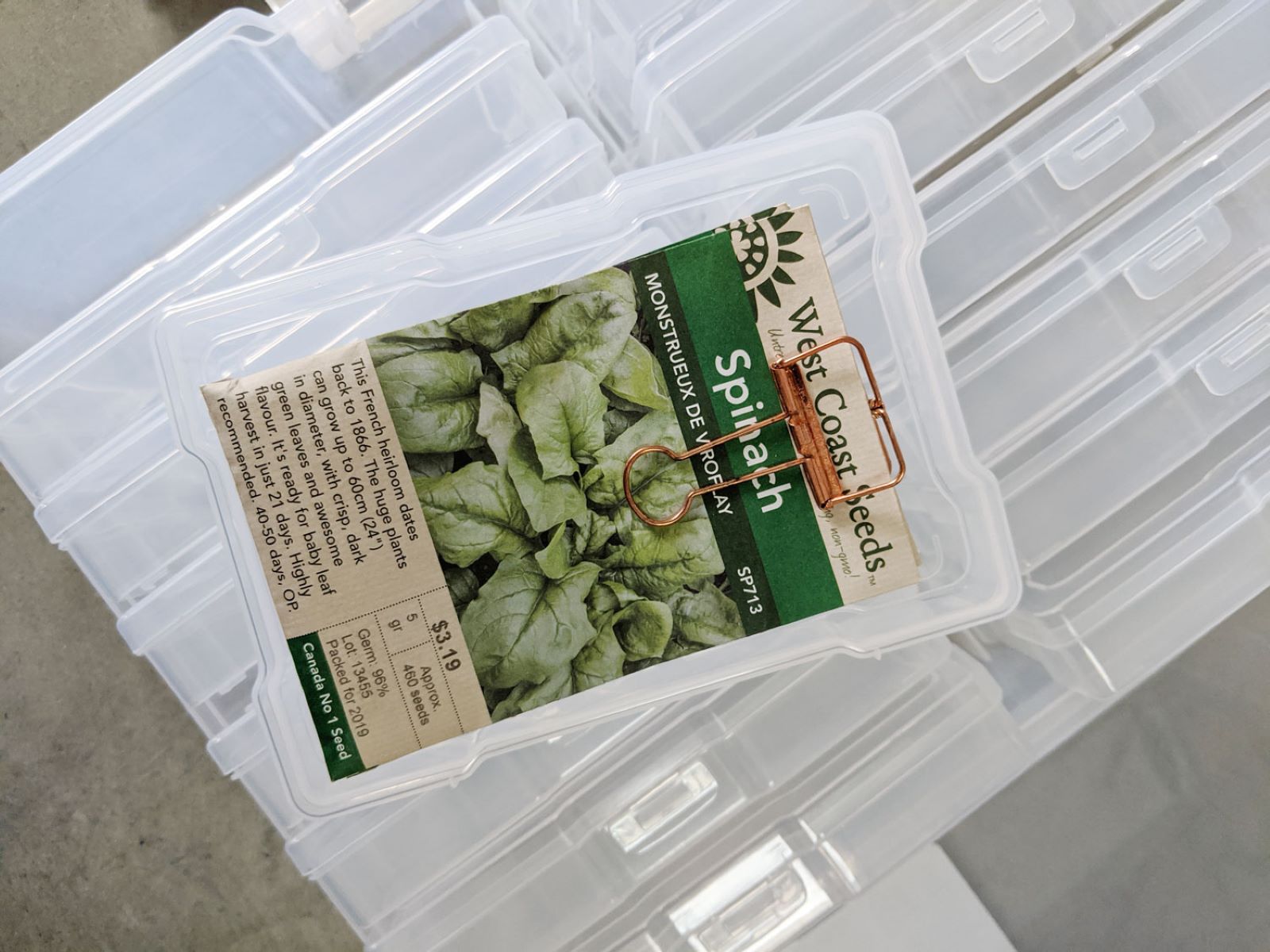
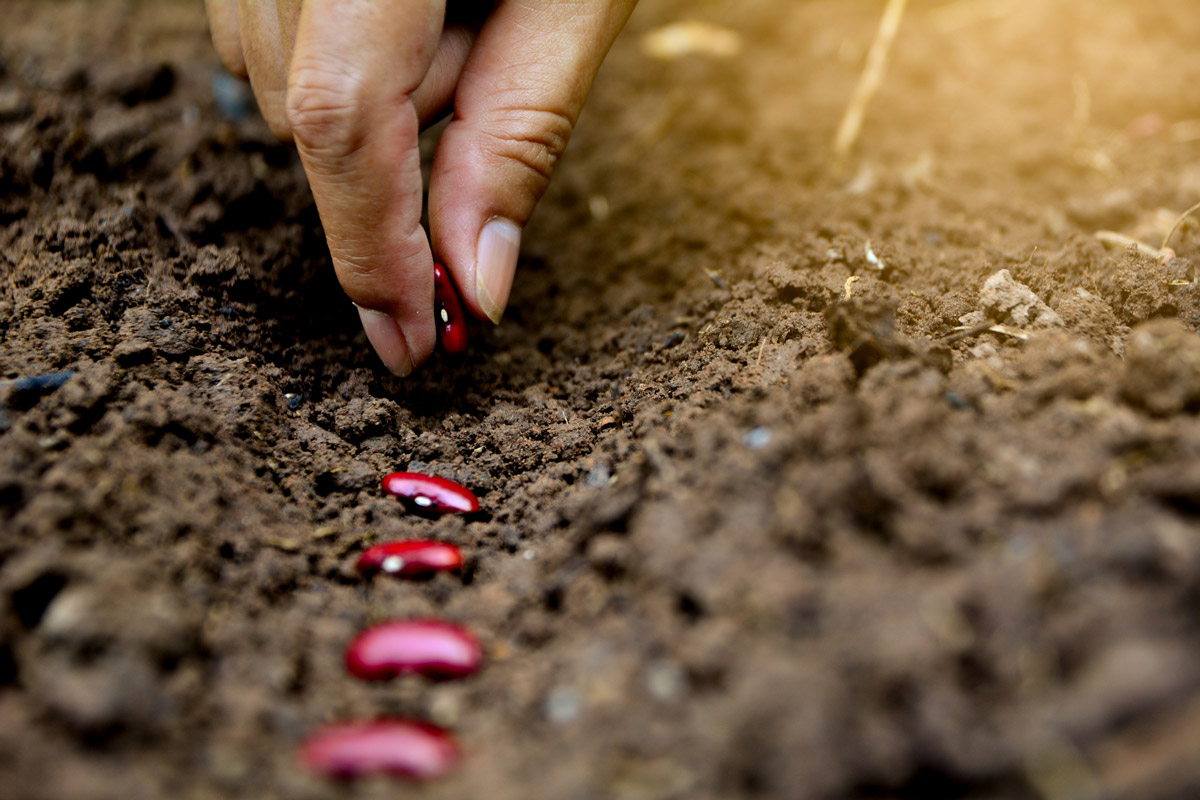
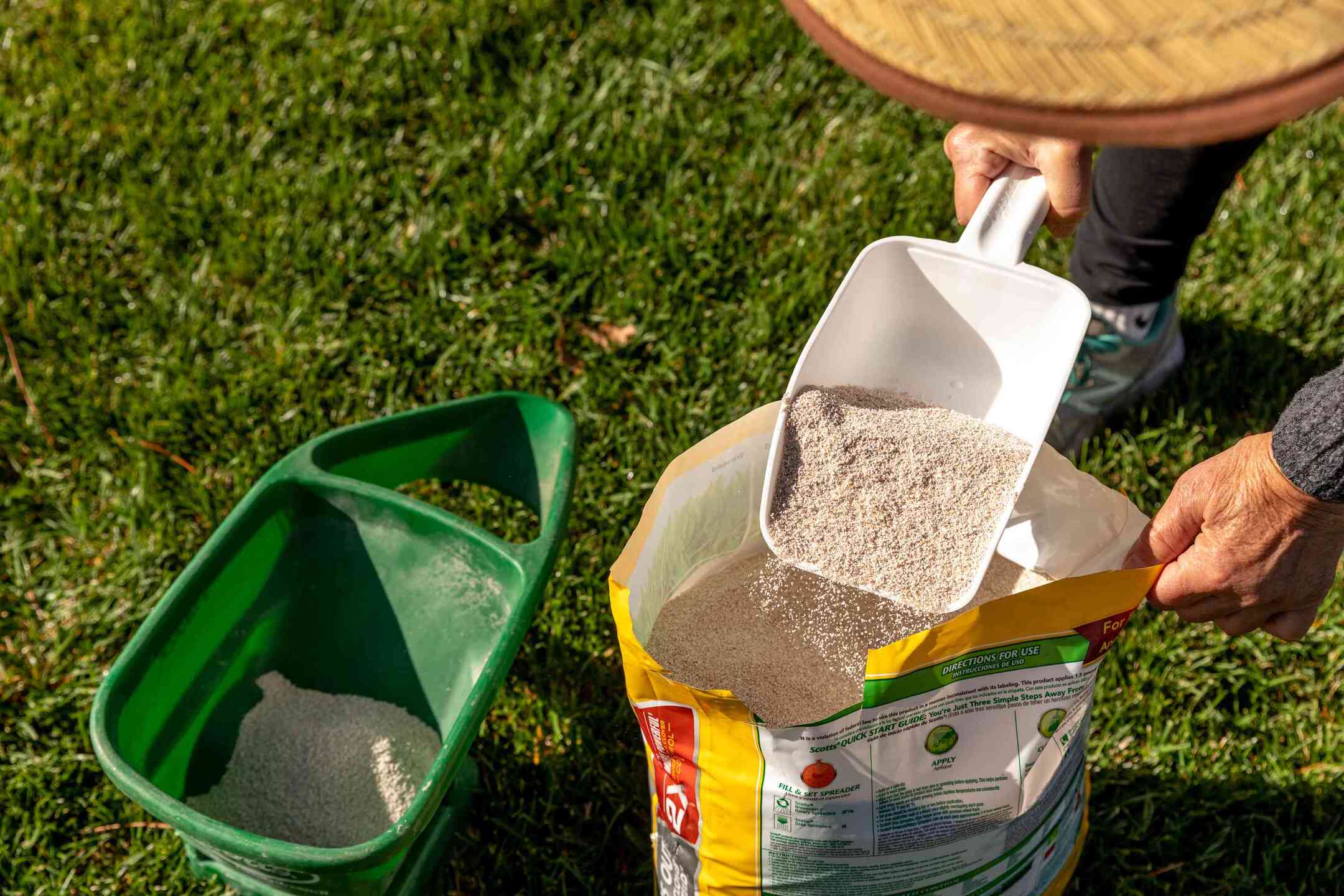
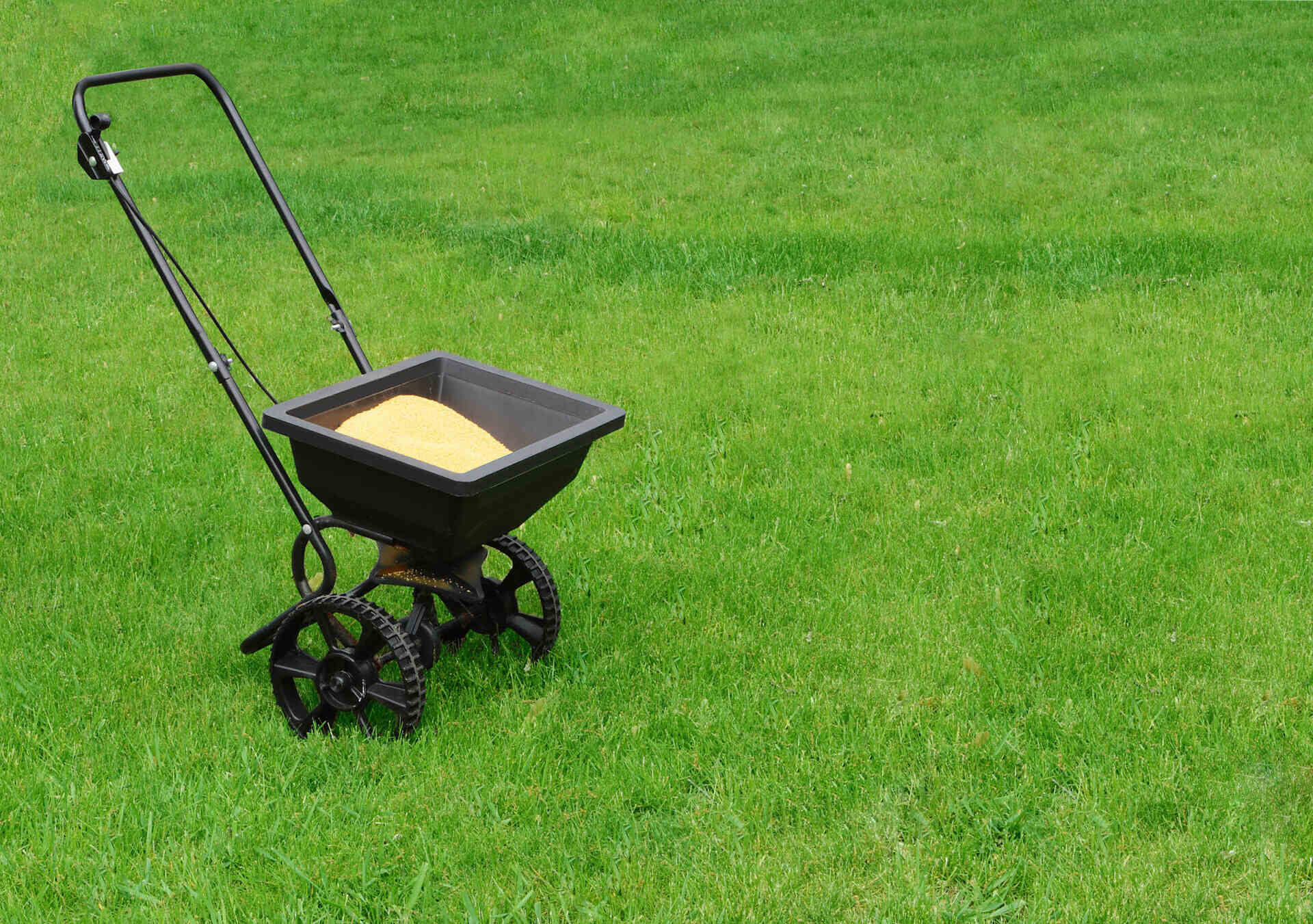
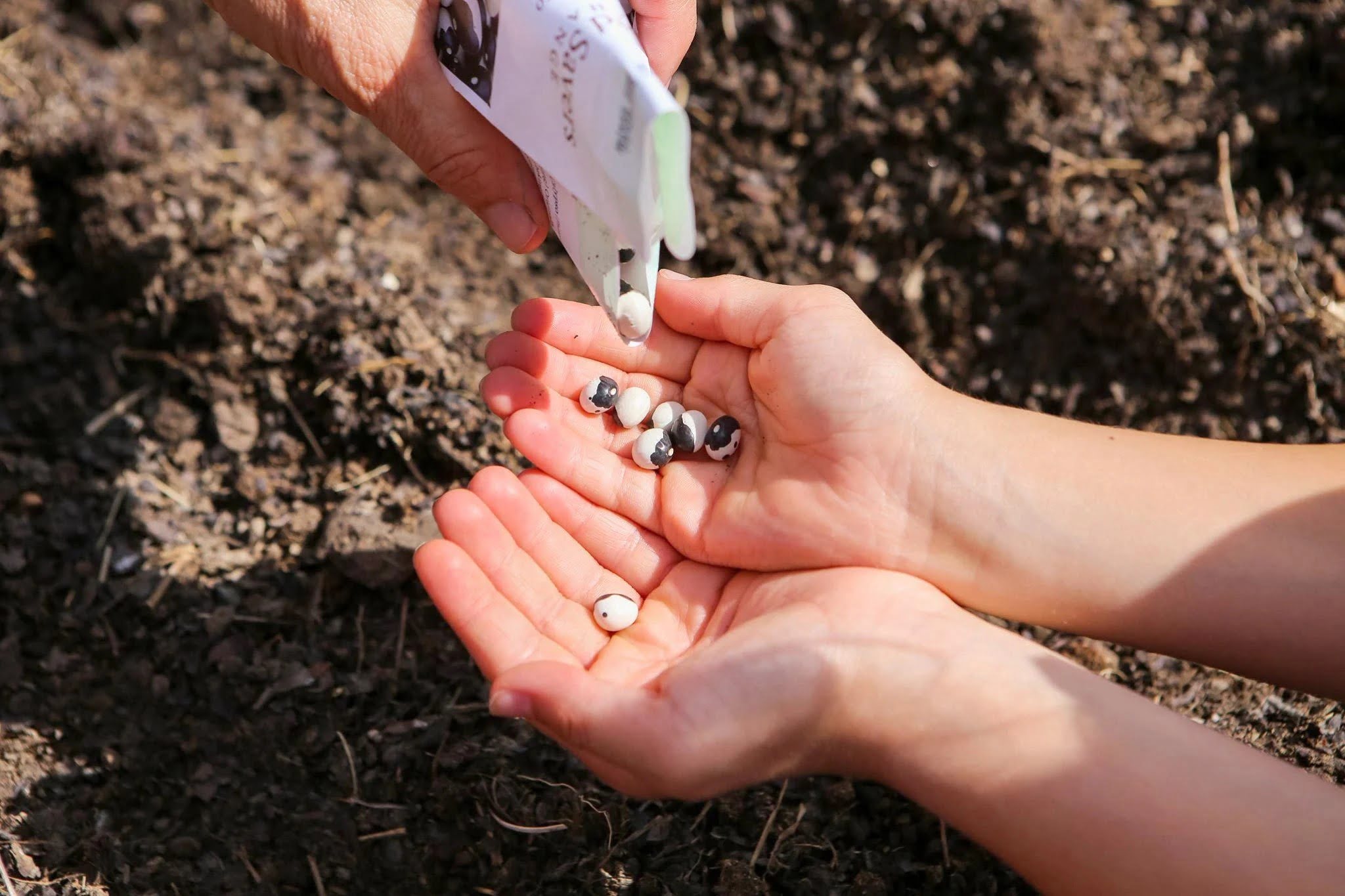
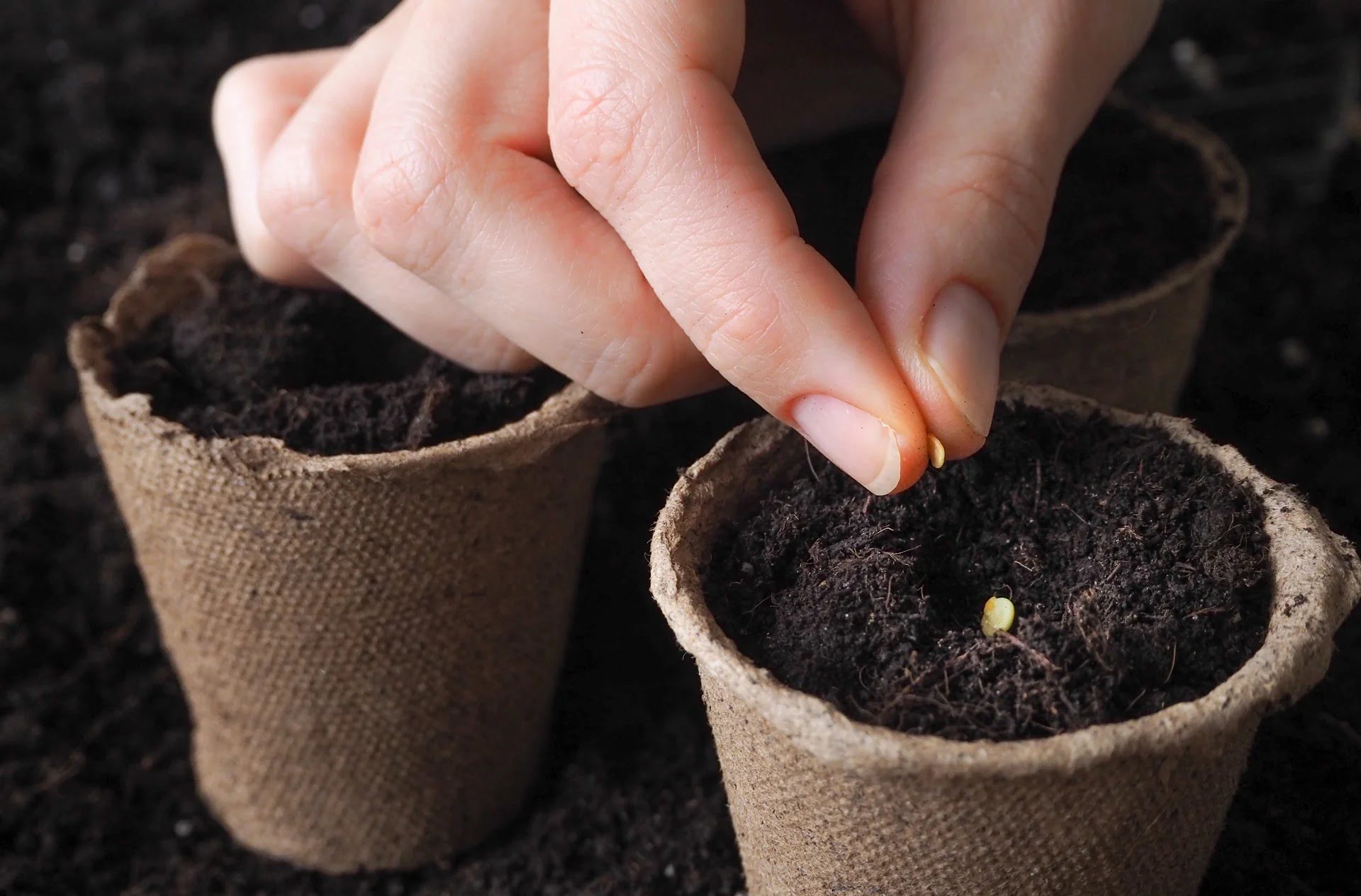
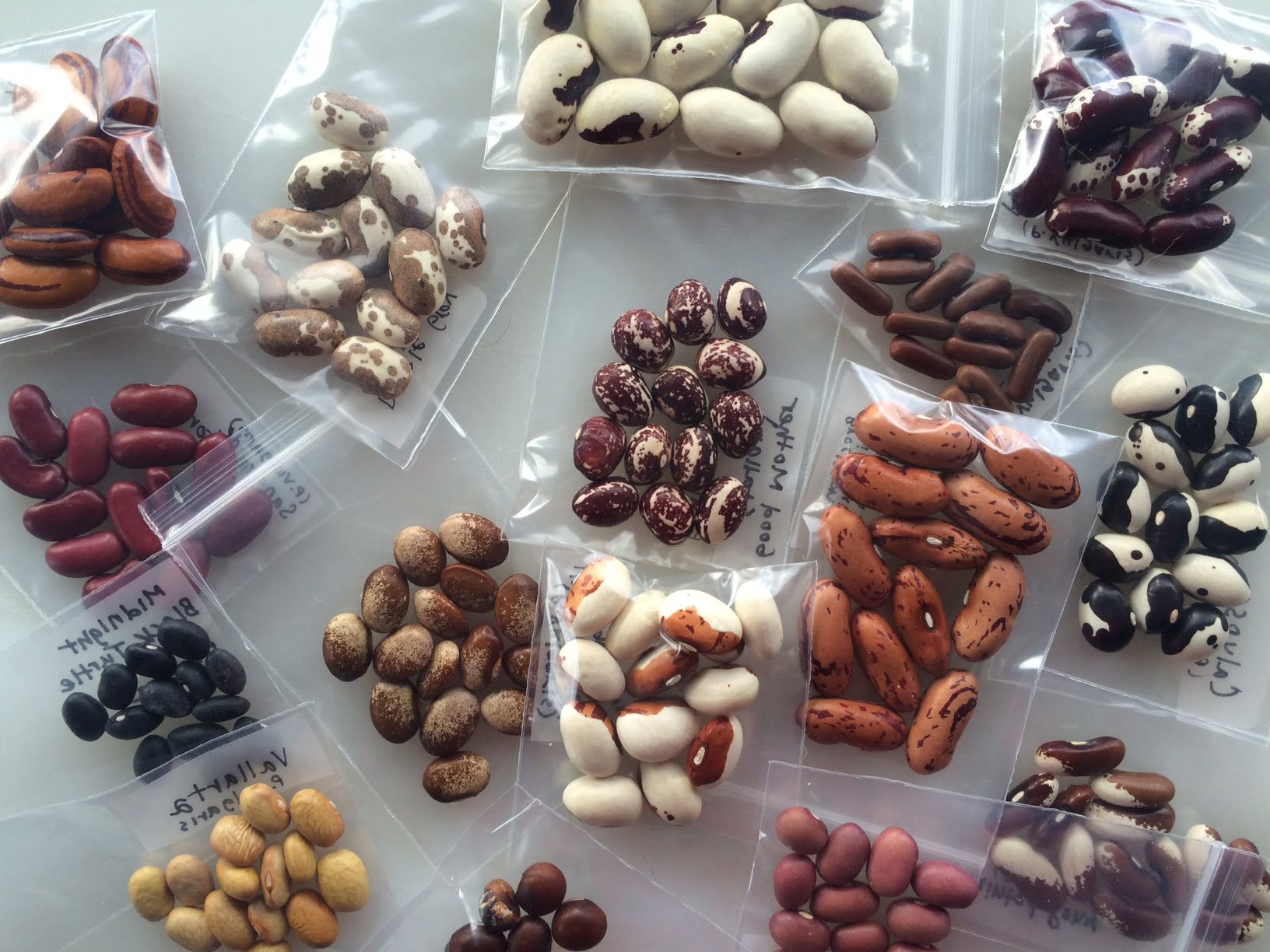
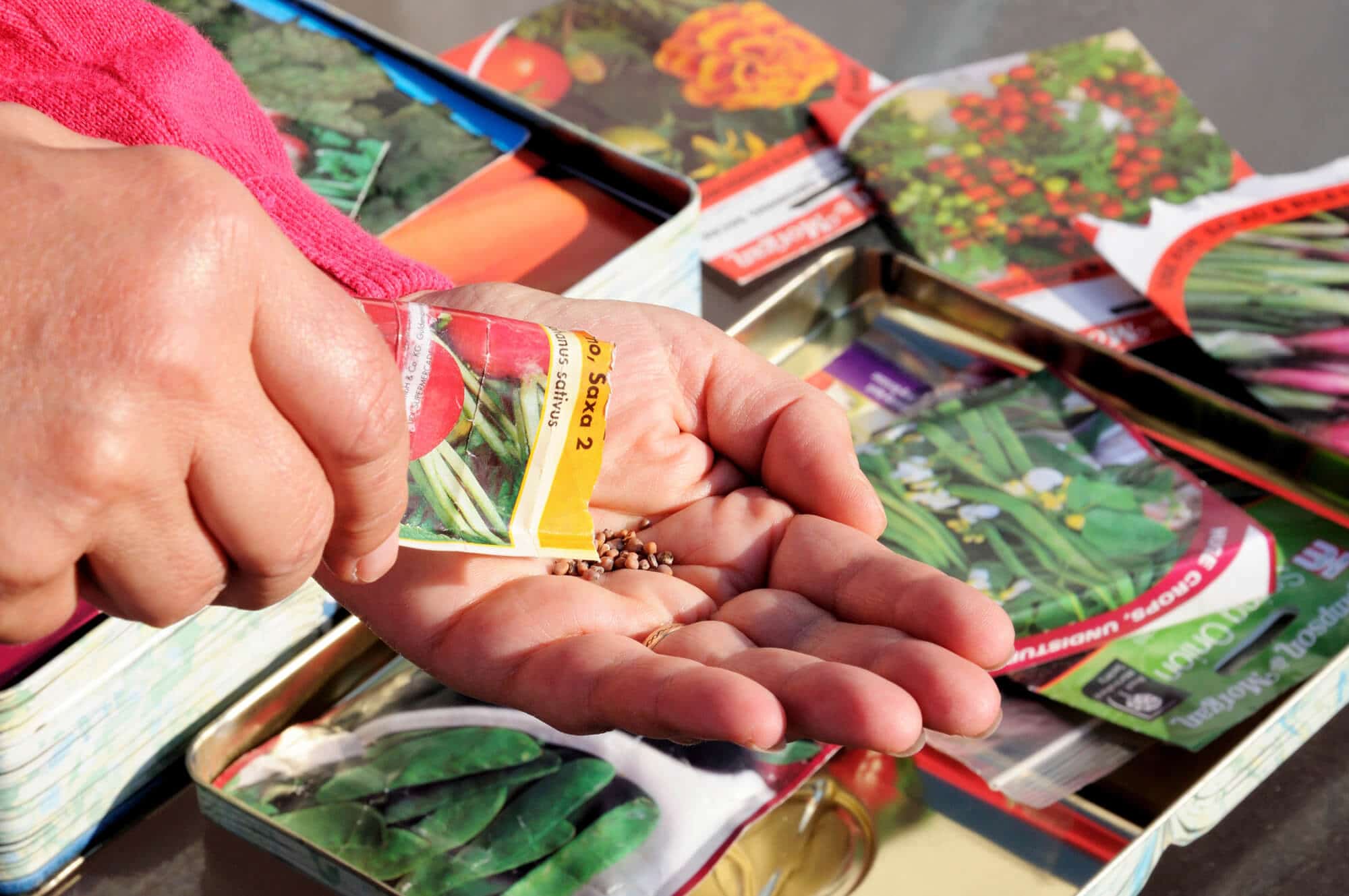
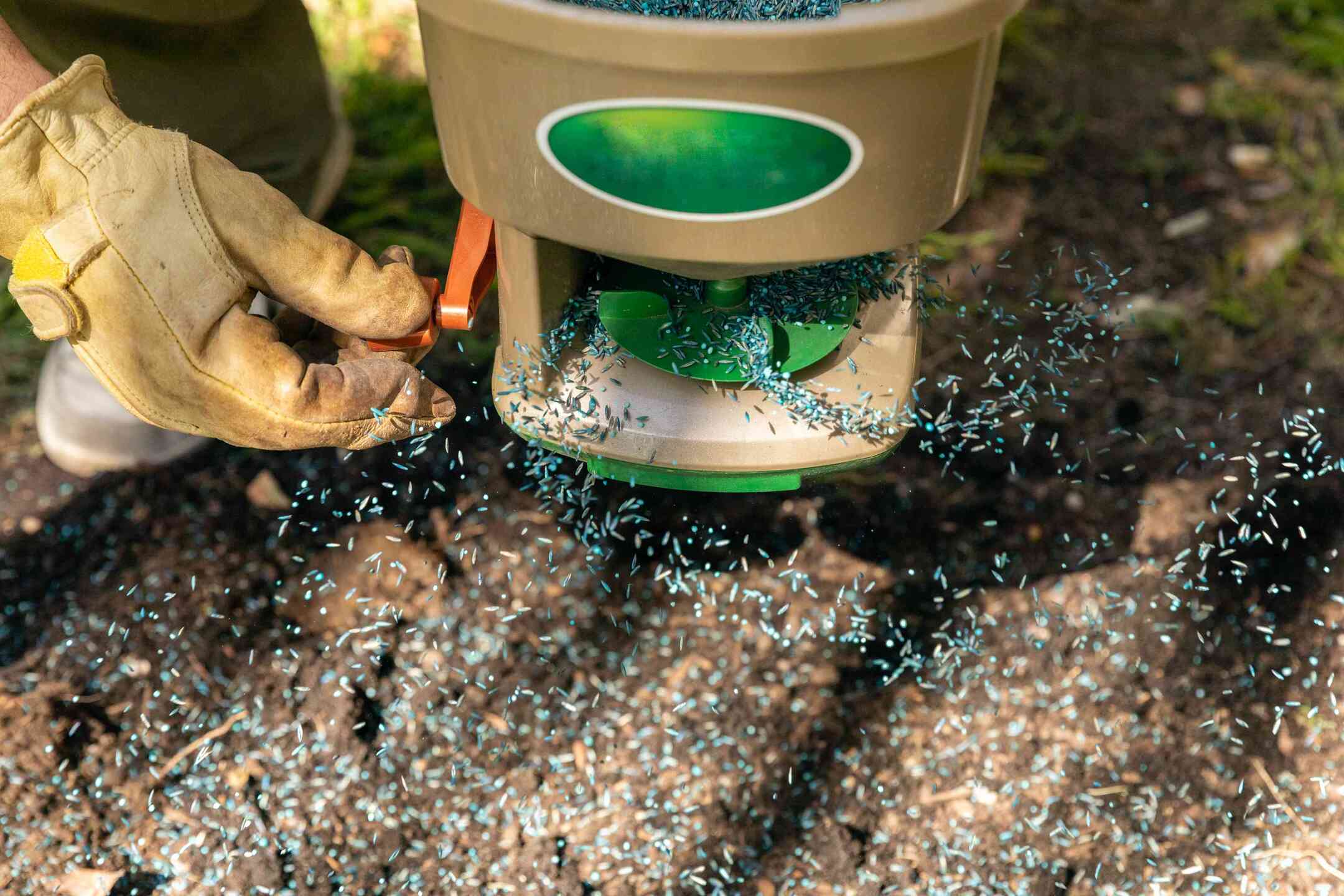
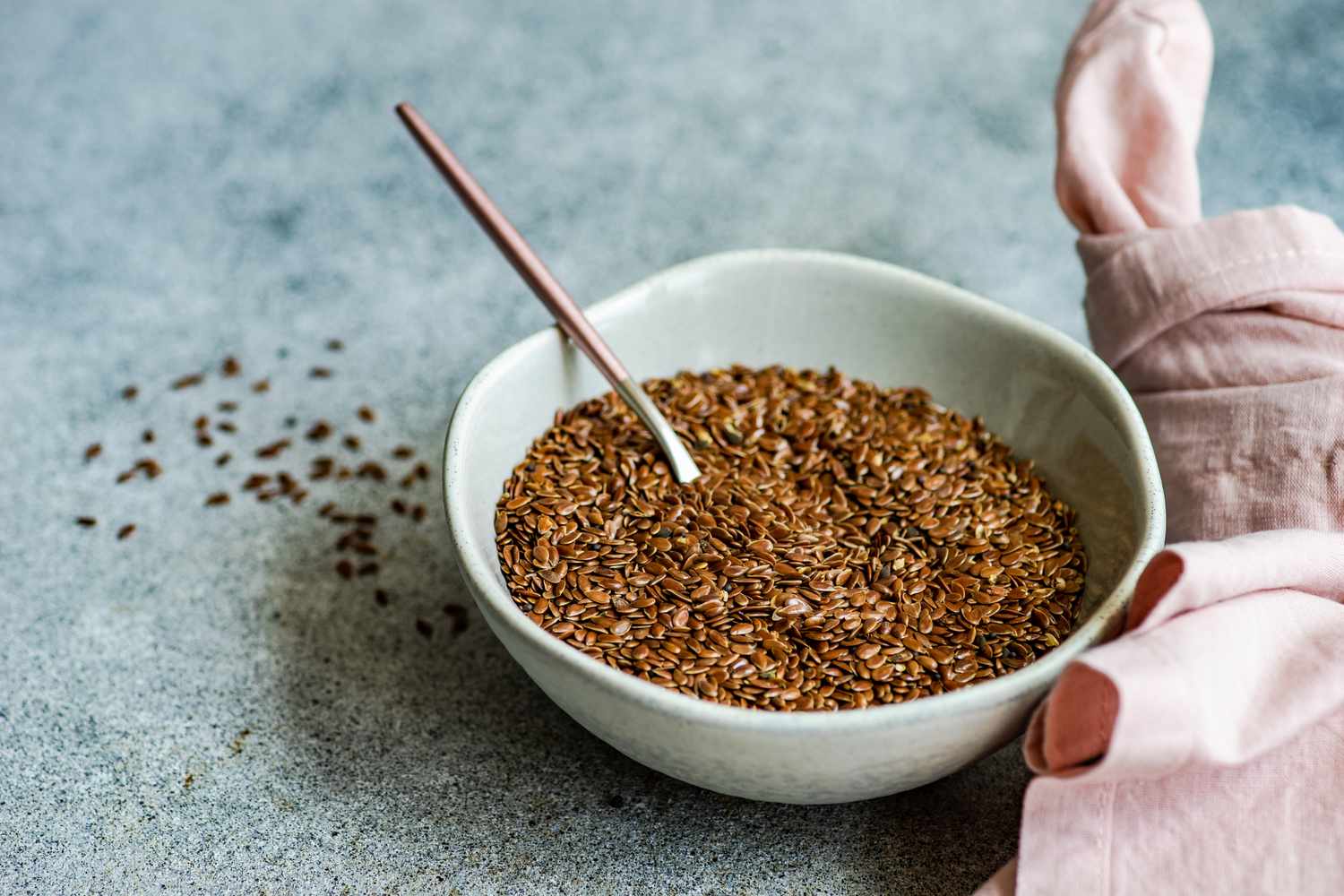
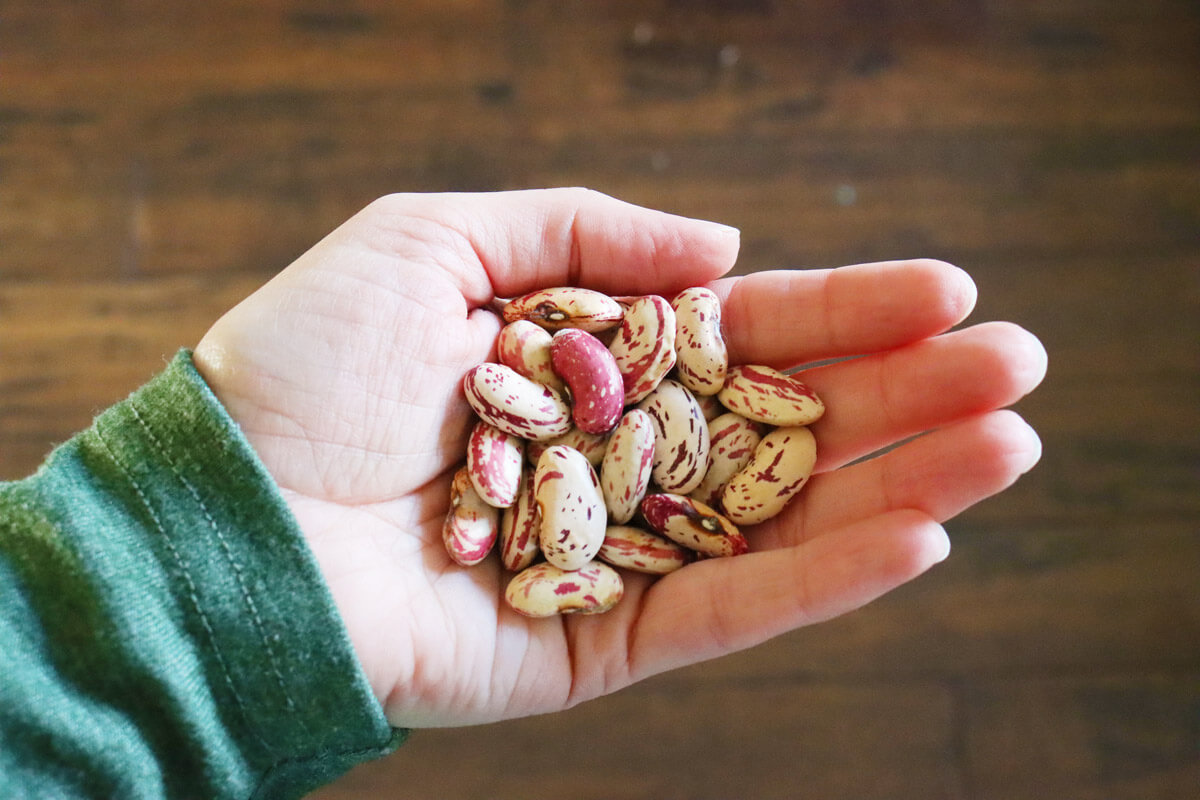
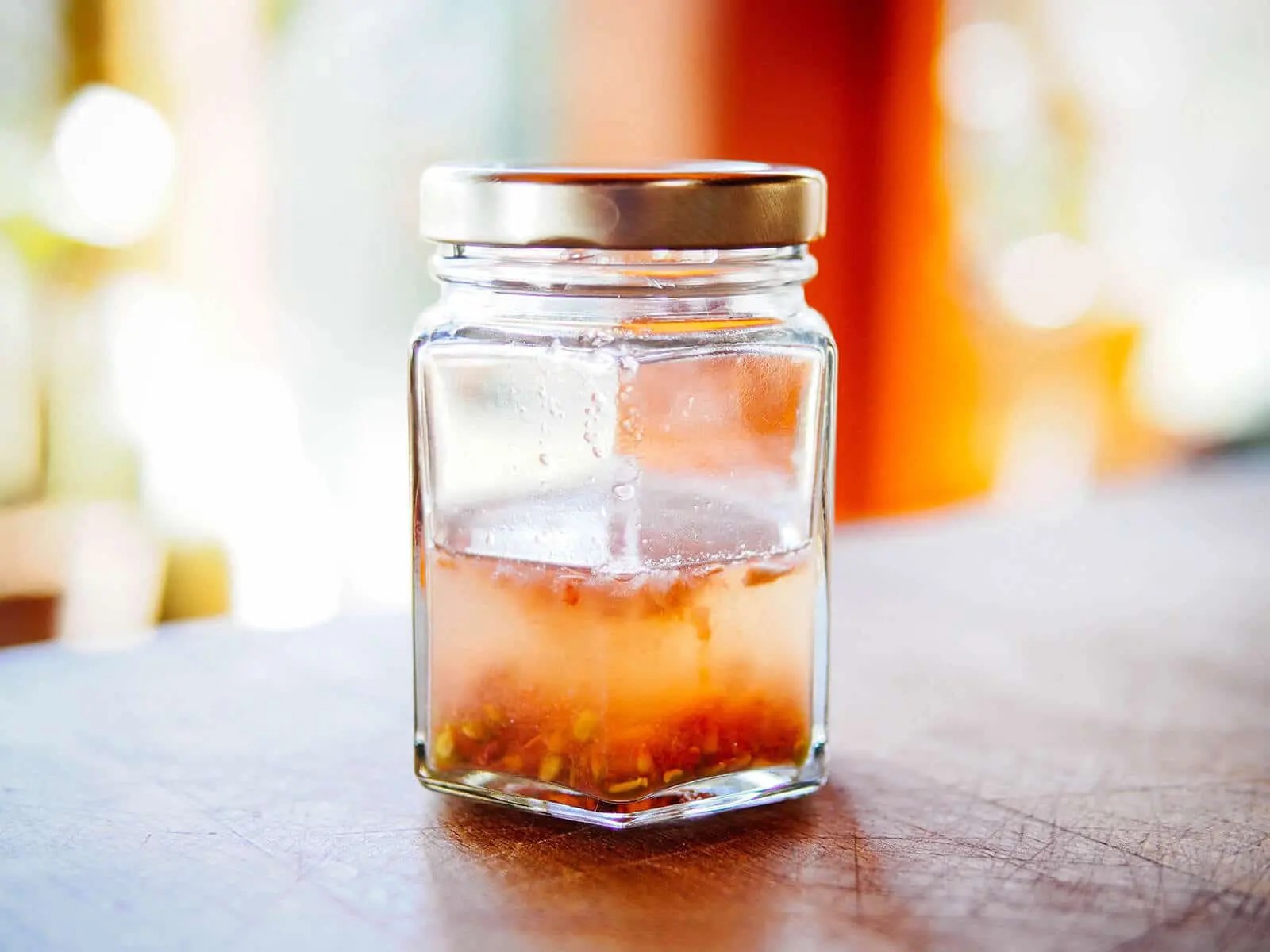
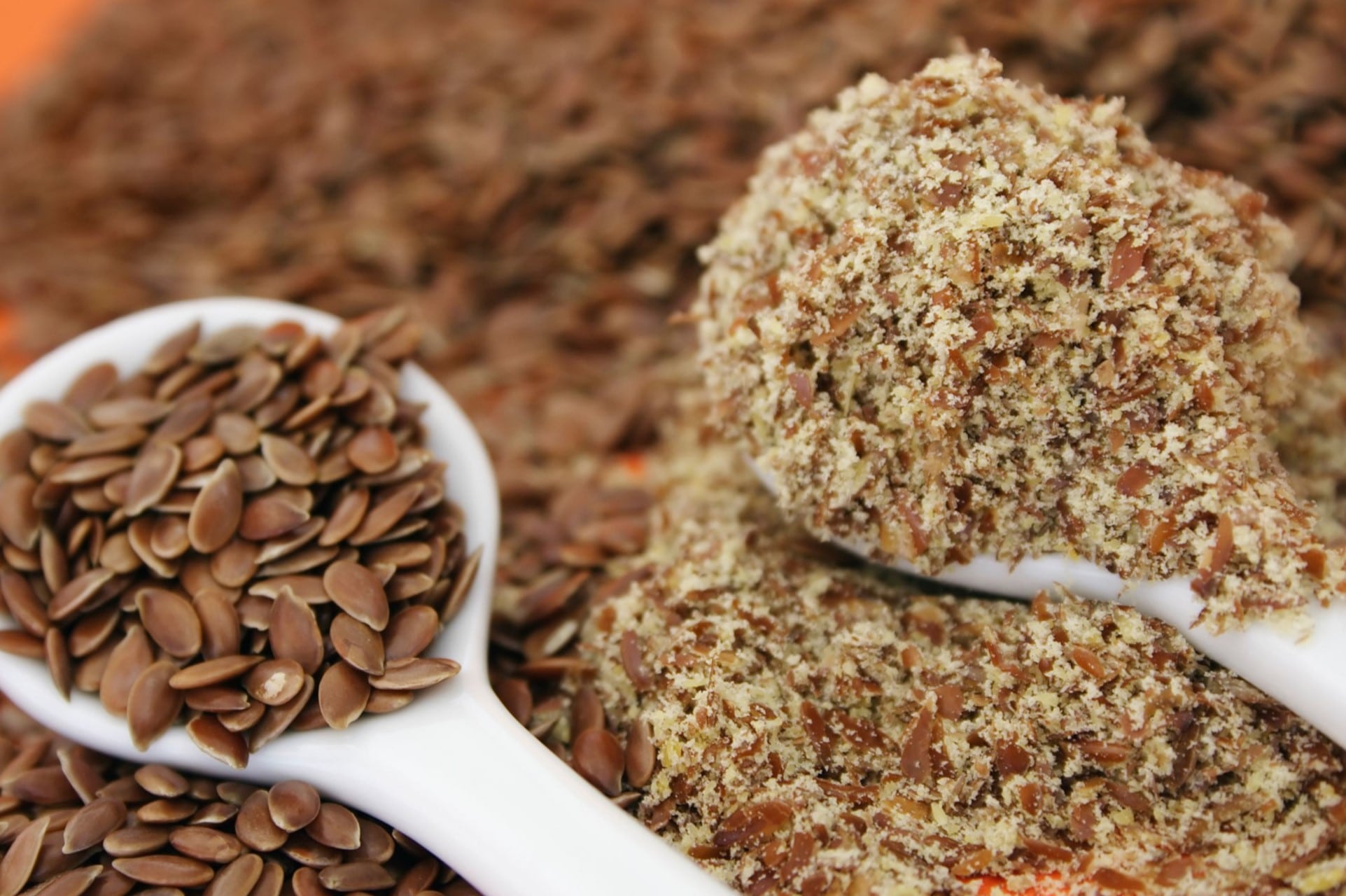
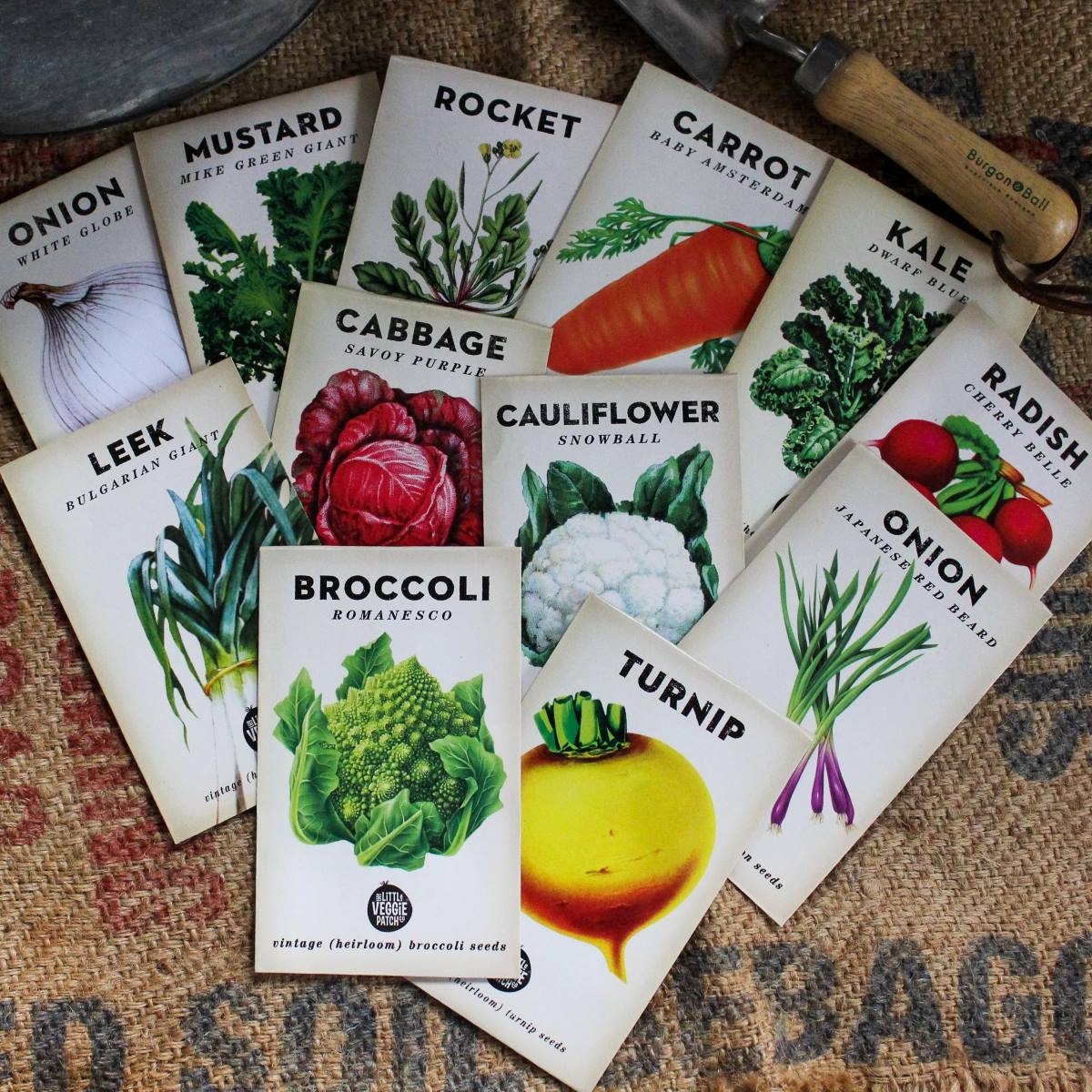

0 thoughts on “How Long Can I Store Heirloom Seeds”